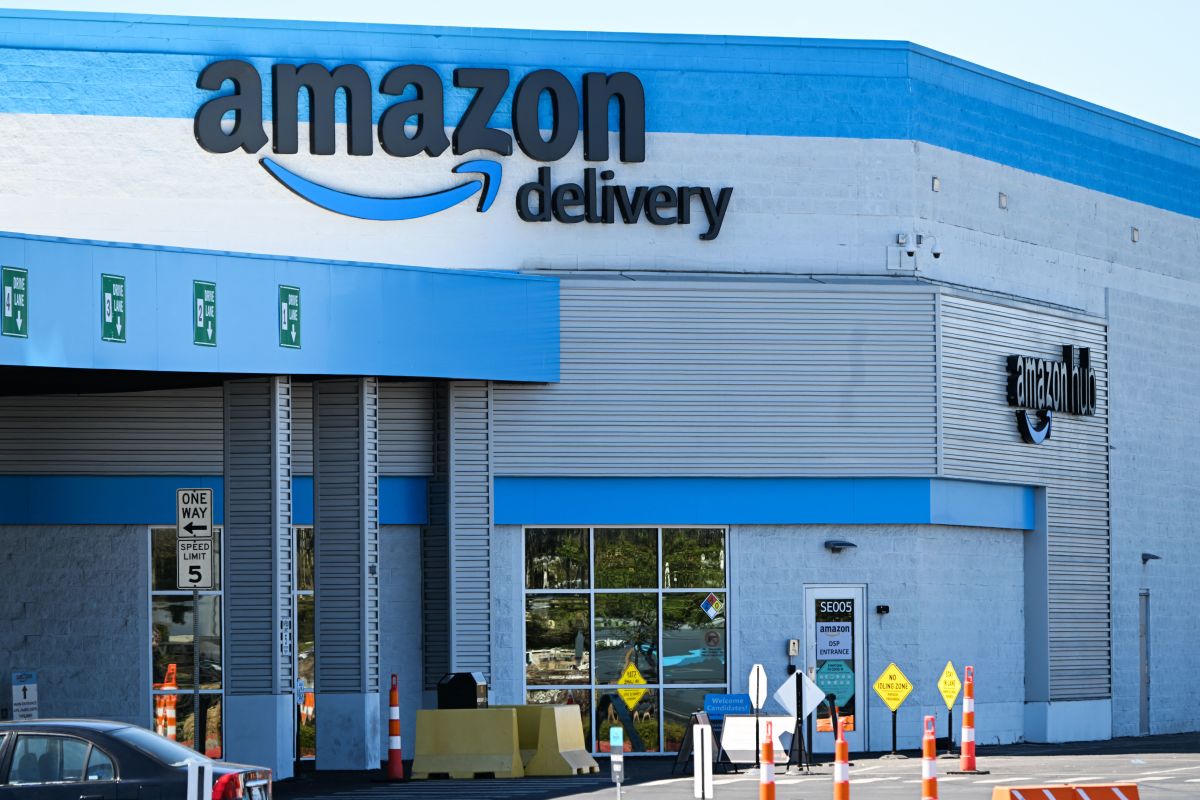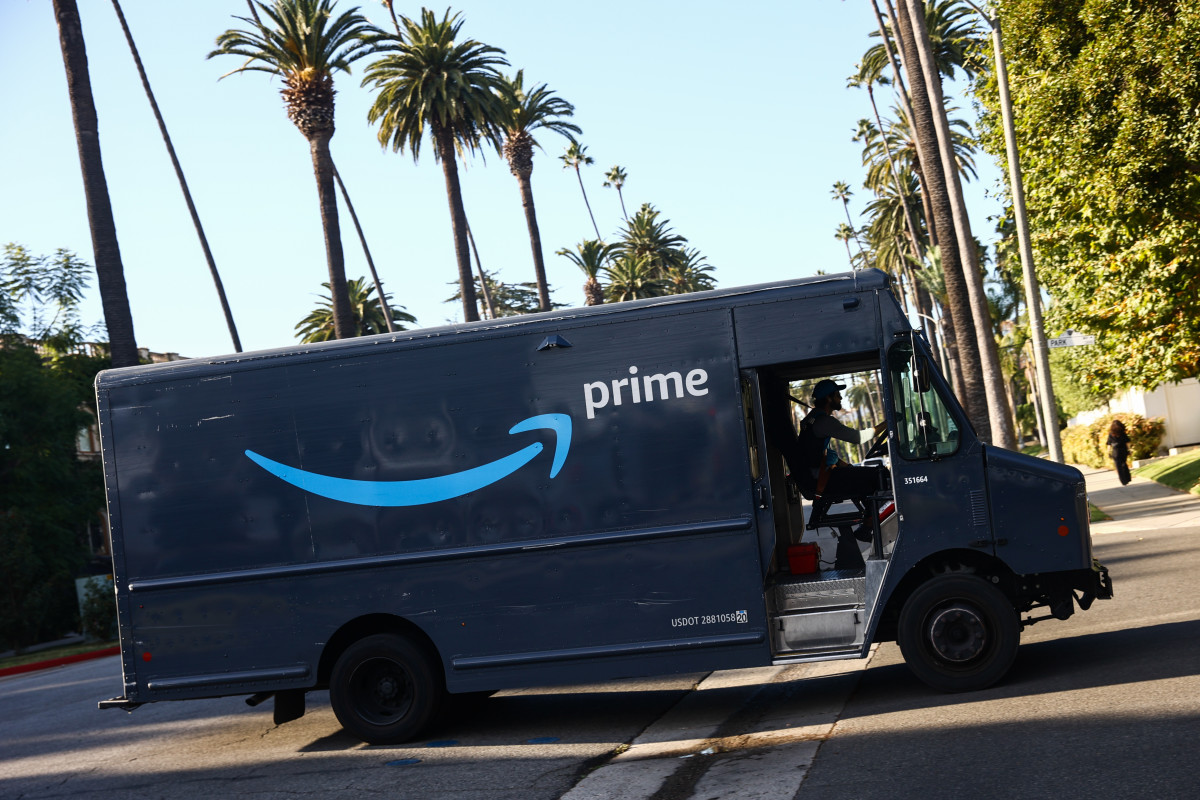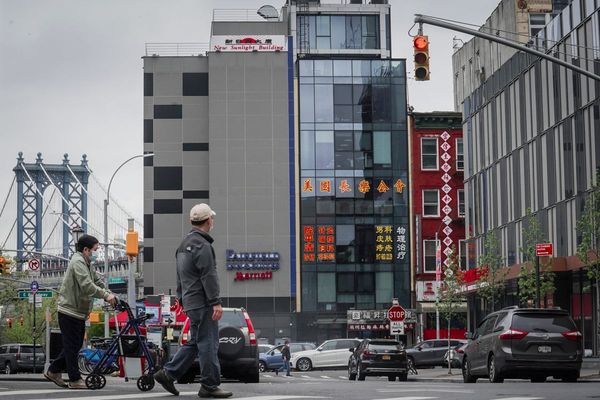
For many retailers, the early 2020s have been fraught with dwindling margins, a rise in inventory shrink and in-store crime, and picky customers watching their budgets closely.
For Amazon (AMZN) -), it's been just another day at the office.
Related: Amazon announces most groundbreaking partnership yet
Amazon's monumental success over the past several years can be simplified to one of its most central pillars: convenience. Since Amazon really doesn't operate many retail stores (though it's been trying with Amazon Fresh and Go stores), it puts most of its weight behind a seamless online experience and speedy fulfillment processing.
Perhaps you've experienced this firsthand. If you're one of the 200 million Prime members and recently made a purchase (or twelve, but who's counting?) on the platform, navigate to its homepage. Chances are Amazon is not-so-subtly promoting related products that you'd been meaning to add to your cart for a while now. And it might even be at your door tomorrow, if you order now.
Pair that convenience with promotions, like Amazon Prime Days, October Prime Big Deal Days, or Black Friday and Cyber Monday deals, and you've got a frenzy of activity and the skyrocketing sales to prove it.
Amazon's hallmark July Prime Days brought in a record $12.7 billion in sales, and that trend is unlikely to cease anytime soon. The retailer just wrapped its second installment of the promotion and its pre-holiday sales are currently underway, each of which are almost sure to bring in billions for the company.
But with an increase in sales comes an increase in logistical problem-solving. More orders are great for business, but they can flood the system with volume, issues, return requests, and other potential snags.
It's one of the reasons Amazon cites improving global logistics as one of its primary drivers for the future.
And, judging by recent reports, it's working.
Amazon surpasses a major delivery record
For years, Amazon has attempted to contend with the two biggest delivery companies in the U.S.: the United Parcel Service (UPS) -) and FedEx (FDX) -).
In 2020, as more folks sheltered in place to wait out the pandemic and began firing up their Amazon accounts for more orders, the e-commerce giant surpassed FedEx and delivered more packages that year.
"And it is on track to widen the gap this year, according to internal Amazon data and people familiar with the matter," WSJ reports.

But it hasn't stagnated in that time. In 2022, Amazon surpassed the other giant, UPS, and delivered more packages to homes in the U.S.
Before Nov. 23 (Thanksgiving Day in the U.S.), Amazon had delivered 4.8 billion packages in 2023. It delivered 5.2 billion in all of 2022, putting it on pace to likely either match or beat those numbers this year. It estimates it will fulfill and deliver 5.9 billion in all of 2023.
For comparison, UPS delivered 5.3 billion packages in 2022, but said it doubts it will exceed those numbers in 2023. As of September, it had delivered 3.4 billion.
FedEx domestic Express and Ground had delivered 3.05 billion in the U.S. as of May 31.
"As Amazon’s share of deliveries has increased, FedEx and UPS have said in recent years they weren’t in a race for volume and were instead focused on delivering more profitable parcels. FedEx parted ways with Amazon in 2019. Amazon accounts for about 11% of UPS’s revenue," WSJ points out.
It's worth noting that the U.S. Postal Service (USPS) is still the dominant player in the U.S., delivering "hundreds of millions of packages for all three companies."







